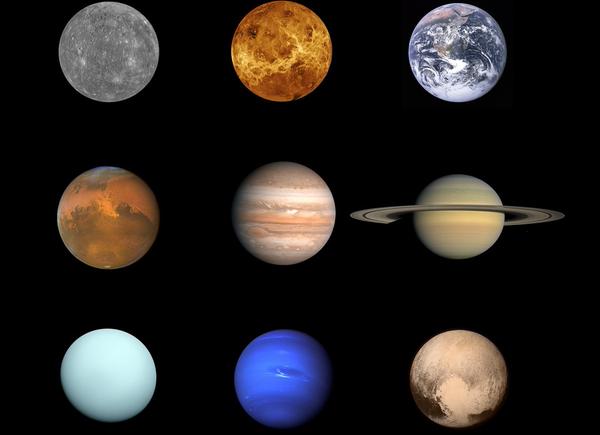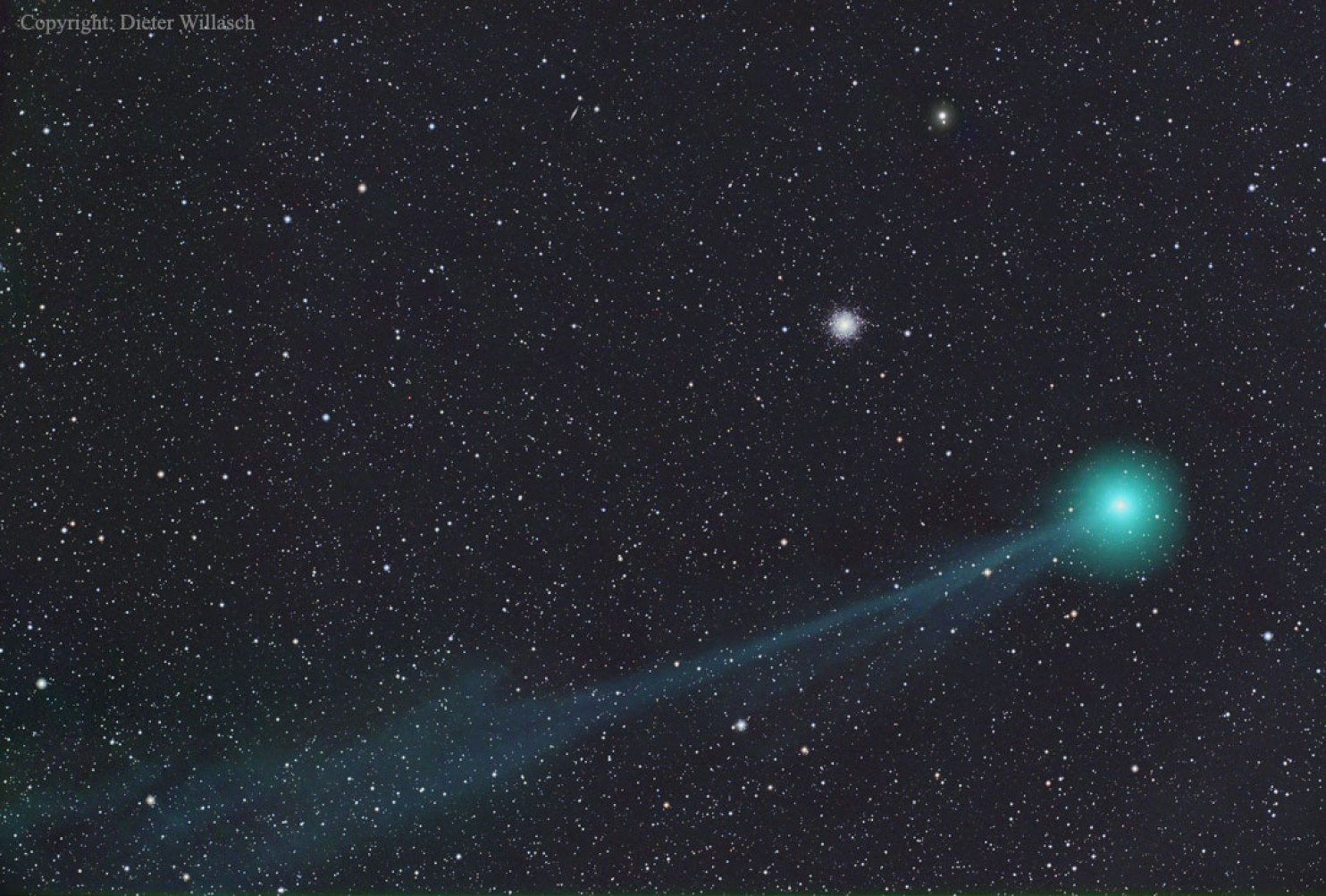9:15 AM | NASA/Wallops launch tonight should be visible here..."glowing" clouds to be generated right after launch should also be visible
Paul Dorian
[These "glowing" clouds were produced by five suborbital NASA rockets that launched on March 27, 2012, from the agency's Wallops Flight Facility in Virginia; courtesy NASA]
Discussion
A launch is planned for ~7pm tonight at the NASA/Wallops facility and it should be visible in much of the Mid-Atlantic region depending on local weather conditions (which look pretty favorable). In addition, one of the main purposes of the mission is to generate “glowing clouds” high above the Earth which should also be visible in the region shortly after launch.
The main goal of Wednesday's launch is to test the performance of the two-stage Black Brant IX sounding rocket, which will be flying with a reformulated motor, NASA officials said. But the mission also serves to try out a number of technologies including newly developed lightweight materials and novel payload-ejection systems. The rocket will be launched on an east-southeast trajectory, reaching a maximum altitude (apogee) of 161 miles (259 kilometers) about 4.5 minutes after it leaves the launch pad at Wallops.
[Rocket launch at NASA/Wallops from earlier this year; courtesy NASA]
Another purpose of this mission is to generate “glowing clouds” which will be used to study wind in space and the ionosphere. About 6 to 6.5 minutes after the launch, on the rocket's downward leg, as many as four barium clouds will be released over the Atlantic Ocean, at altitudes of between 118 and 130 miles (190 to 209 km), over a point roughly 125 miles (200 km) downrange from Wallops. Scientists have launched vapor tracers into the upper atmosphere since the 1950s. Such research has greatly aided understanding of the planet's near-space environment.
Vapor clouds seemingly explode into view when first released, sometimes blooming so rapidly they resemble fuzzy fireworks. Depending on the state of the atmosphere, these clouds may appear to expand to several times the apparent size of the moon; on other occasions, they appear to elongate in a north-south fashion or stretch out into long plumes. Initially, they may appear to glow with prismatic colors, although the primary colors are expected to trend toward bluish-green and purple-red. Since observers must be in darkness while the barium cloud is in sunlight, the technique is limited to observations near sunset, local time. Depending on atmospheric conditions, the barium clouds could persist for as little as 2 minutes or they could linger for as long as 20 minutes before fading away.
To find the exact launch time and to watch the launch live go here: http://www.ustream.tv/channel/nasa-tv-wallops. In the Philly and DC metro regions look near the horizon towards the south and then to the southeast; in the DC metro region look near the horizon towards the southeast and then to the east.
[This map shows areas where tonight's sounding rocket launch may be visible; courtesy NASA]















 [Image of Comet Lovejoy; courtesy Washington Post's Capital Weather Gang]
[Image of Comet Lovejoy; courtesy Washington Post's Capital Weather Gang] [Finder chart for tonight, January 13th; map courtesy Andrew Ochadlick and heavens-above.com]
[Finder chart for tonight, January 13th; map courtesy Andrew Ochadlick and heavens-above.com]